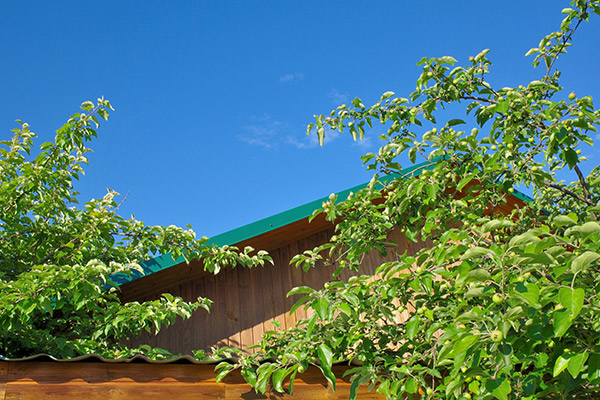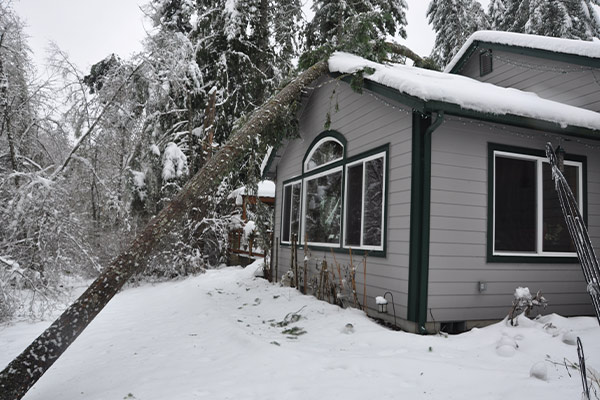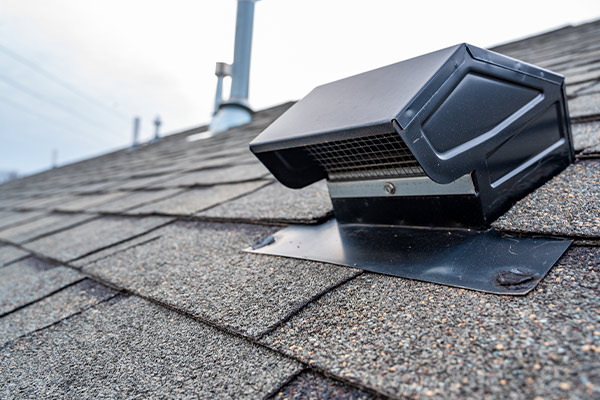When homeowners think about protecting their roof, landscaping isn’t usually the first thing that comes to mind. However, the trees and plants around your home can significantly impact the health and lifespan of your roofing system. At Roofs R Us, we’ve seen how unmanaged landscaping leads to preventable roof problems—from clogged gutters to moldy shingles. Here’s what to look out for and how to take proactive steps to avoid roof damage caused by your landscaping.
Overhanging Tree Branches
Trees close to the home offer shade and curb appeal, but overhanging branches pose multiple threats to your roof:
- Physical Damage: Branches that rub against shingles can wear away protective granules, especially during windy days. Larger limbs can break off during storms and cause significant impact damage.
- Debris Buildup: Leaves, twigs, and seed pods accumulate on the roof and in gutters. This debris traps moisture, blocks water flow, and creates a breeding ground for mold and algae.
Solution: Trim branches at least 6 to 10 feet away from your roof. Hire a professional to prune large trees safely and protect your roof from impact and abrasion.
Moss and Algae Growth
Moss, algae, and lichen thrive in shaded, damp environments—conditions commonly found beneath overhanging trees. These organisms can break down roofing materials over time, especially on asphalt shingles.
- Moss holds moisture against the roof surface, leading to rot and shingle decay.
- Algae streaks make roofs look stained and may indicate deeper moisture issues.
Solution: Improve sunlight exposure by thinning out tree canopies. Schedule periodic roof cleanings to remove organic growth, and consider algae-resistant shingles if you’re installing a new roof.
Gutter Clogs from Landscaping Debris
Clogged gutters are one of the most common issues caused by nearby vegetation. When gutters can’t drain properly, water overflows onto the fascia, siding, or foundation, causing damage over time.
- Overflowing gutters can lead to ice dams in winter and rot in warmer months.
- Stagnant water in clogged gutters attracts pests and promotes mildew growth.
Solution: Install gutter guards to minimize debris entry, and clean gutters at least twice a year—more often if you have mature trees nearby.
Moisture Retention Near the Roofline
Dense shrubs and vines planted too close to the house can trap moisture near soffits and fascia boards. Constant humidity leads to:
- Wood rot in fascia and eaves
- Peeling paint and siding issues
- Increased risk of mold in attic spaces
Solution: Maintain clearance around the home’s perimeter. Avoid letting vines climb up siding or structures, and ensure adequate airflow around eaves.
Root-Related Structural Issues
Though not directly touching the roof, tree roots can compromise the home’s foundation and lead to structural shifts. As the structure settles or shifts, roofing systems may crack or become misaligned.
Solution: Avoid planting large trees too close to your home. A certified arborist can help evaluate safe distances and potential long-term effects.
Final Thoughts
Landscaping can enhance your home’s beauty—but it should never come at the expense of your roof. By proactively managing trees, shrubs, and drainage, you can prevent moisture damage, extend your roof’s lifespan, and avoid costly repairs.
At Roofs R Us, we offer roofing inspections across Minnesota to assess damage caused by landscaping and environmental factors. If you’re unsure whether your landscaping is affecting your roof, schedule a visit with our team for peace of mind and practical solutions.




